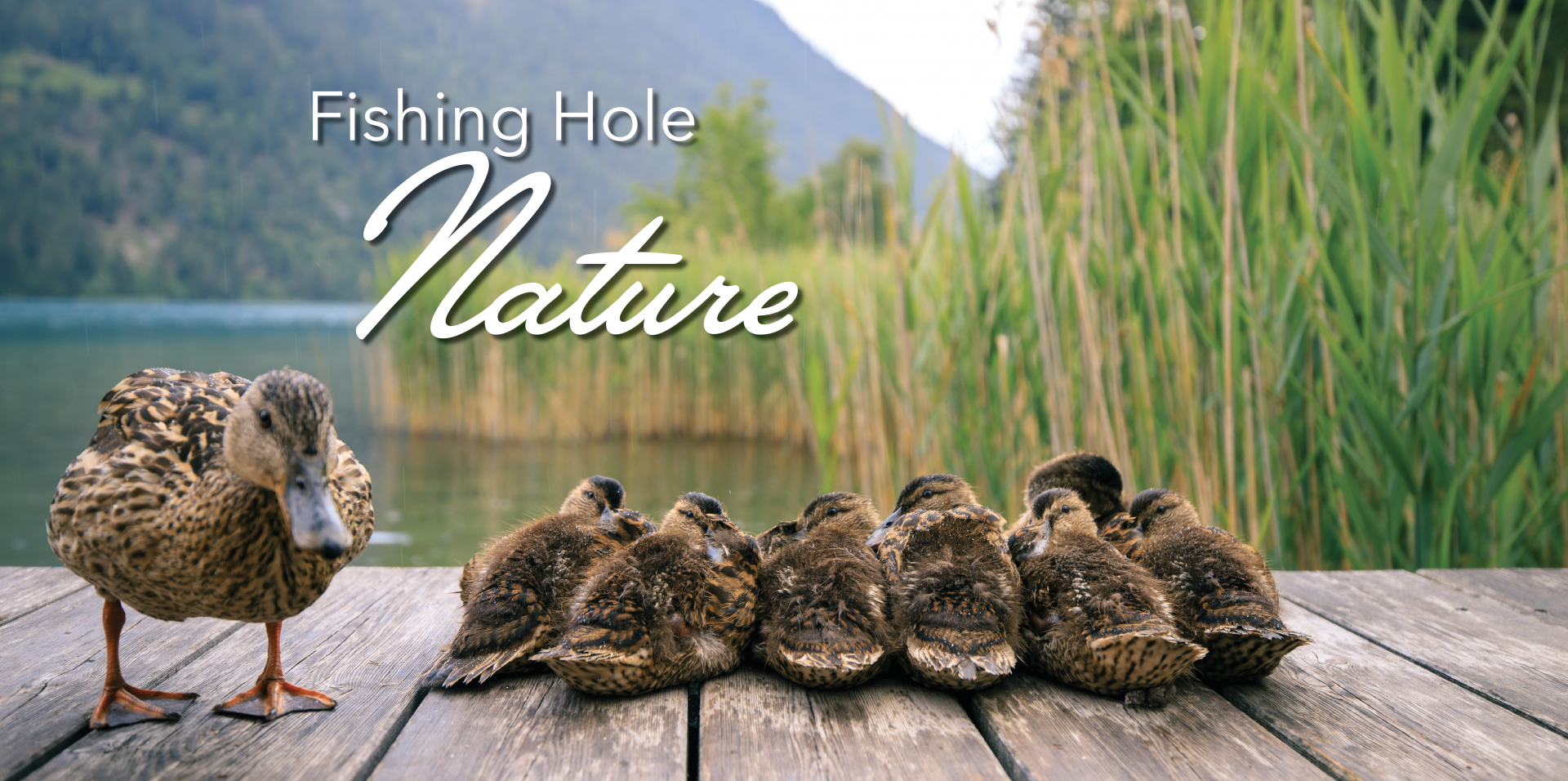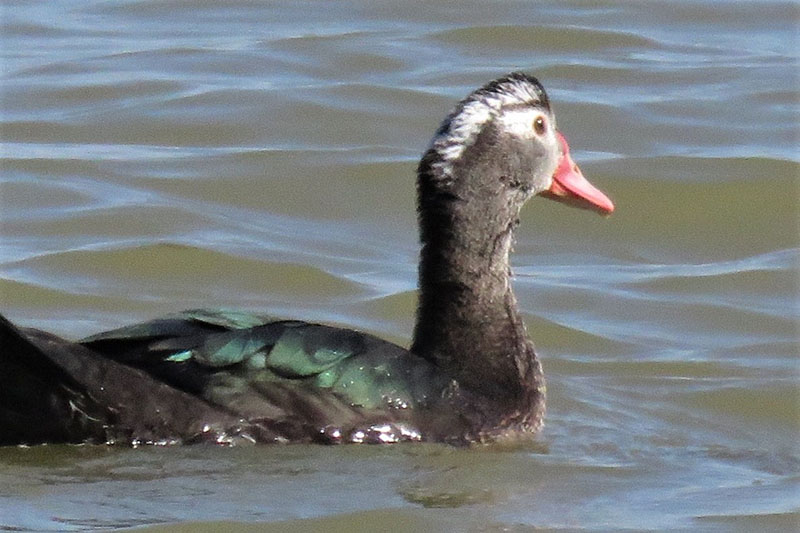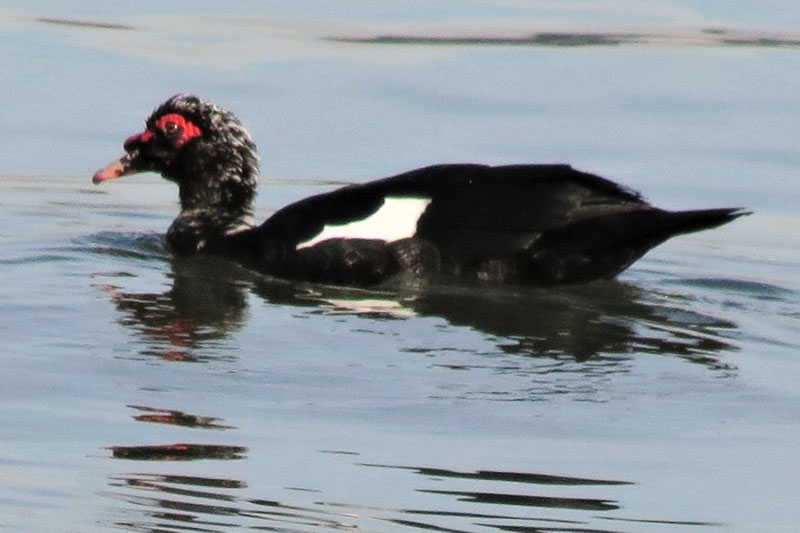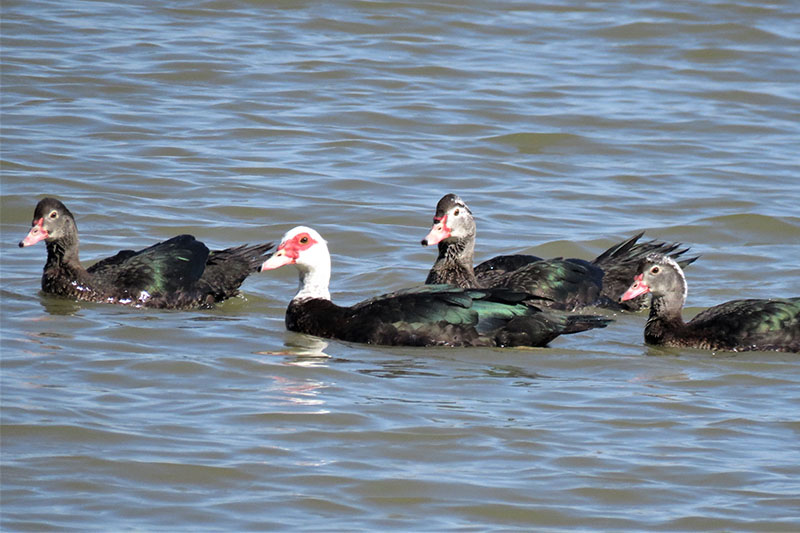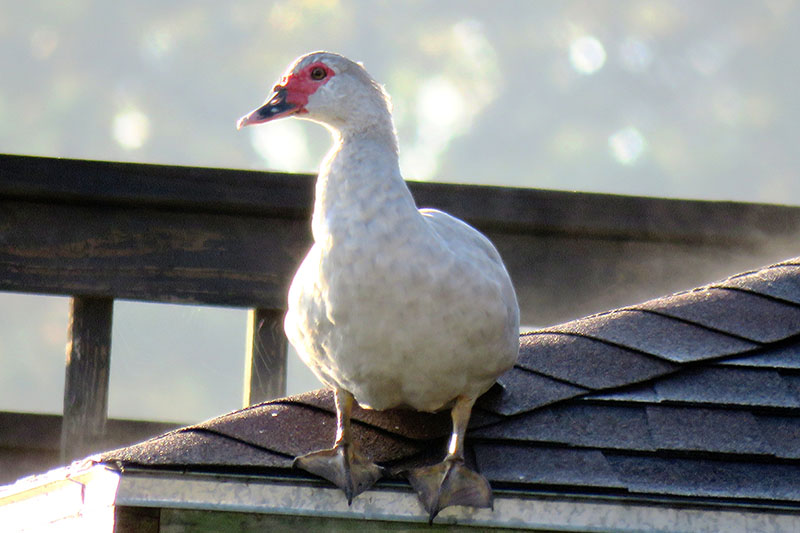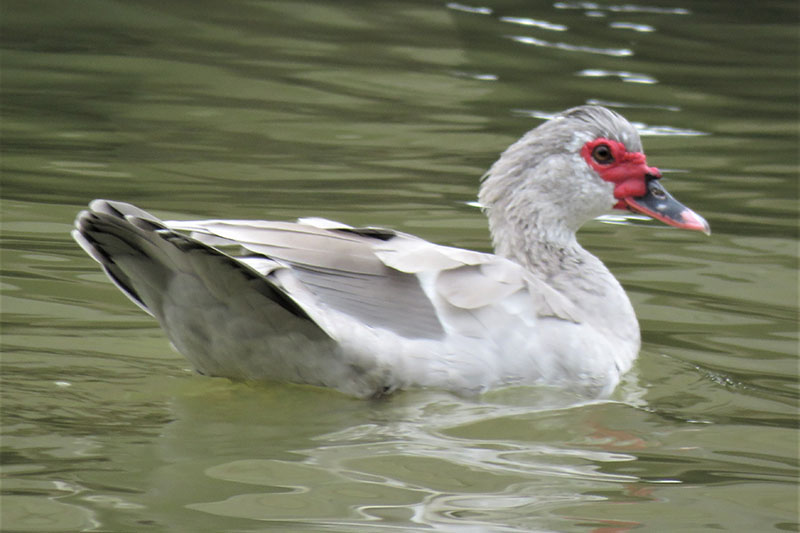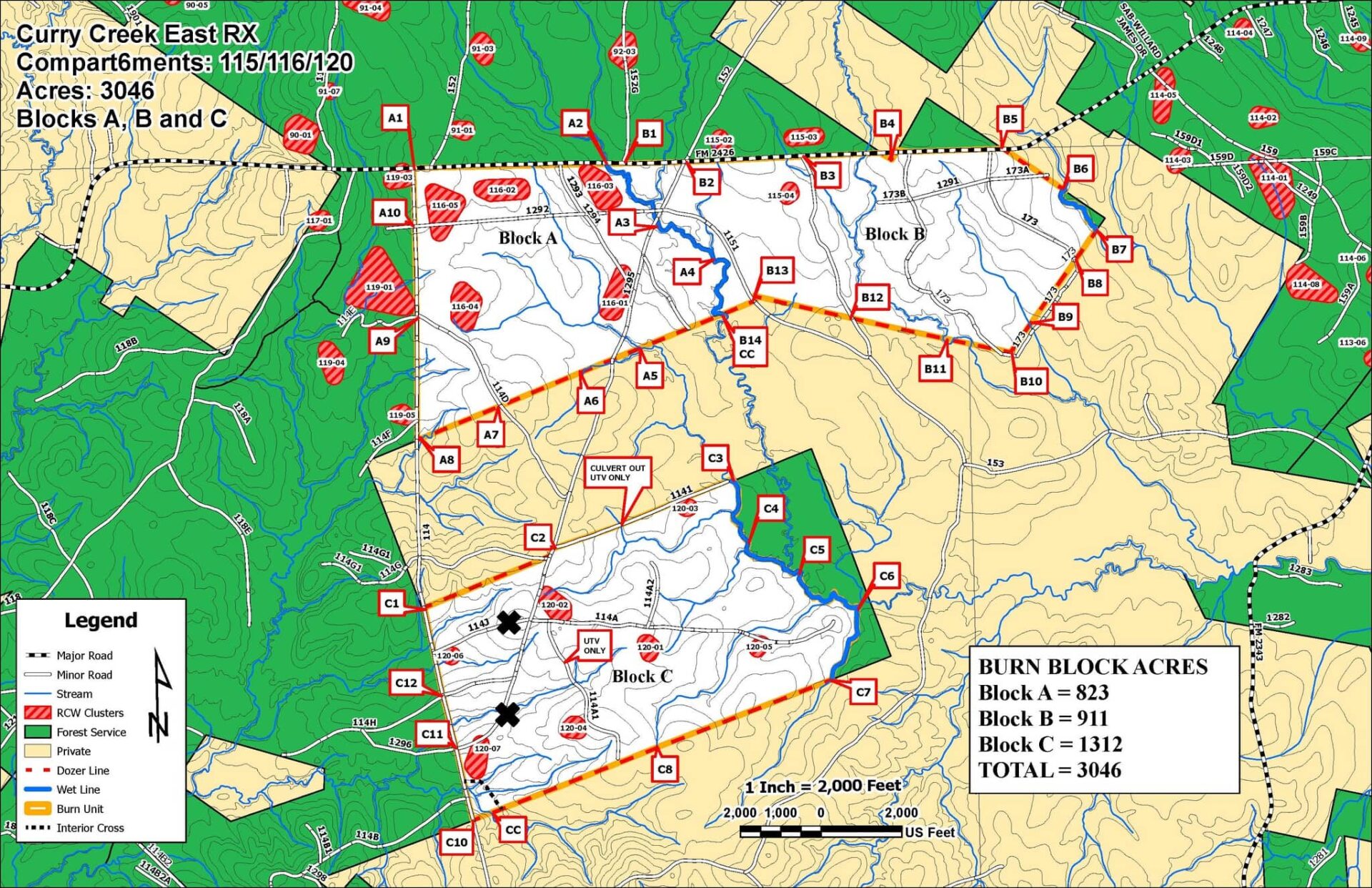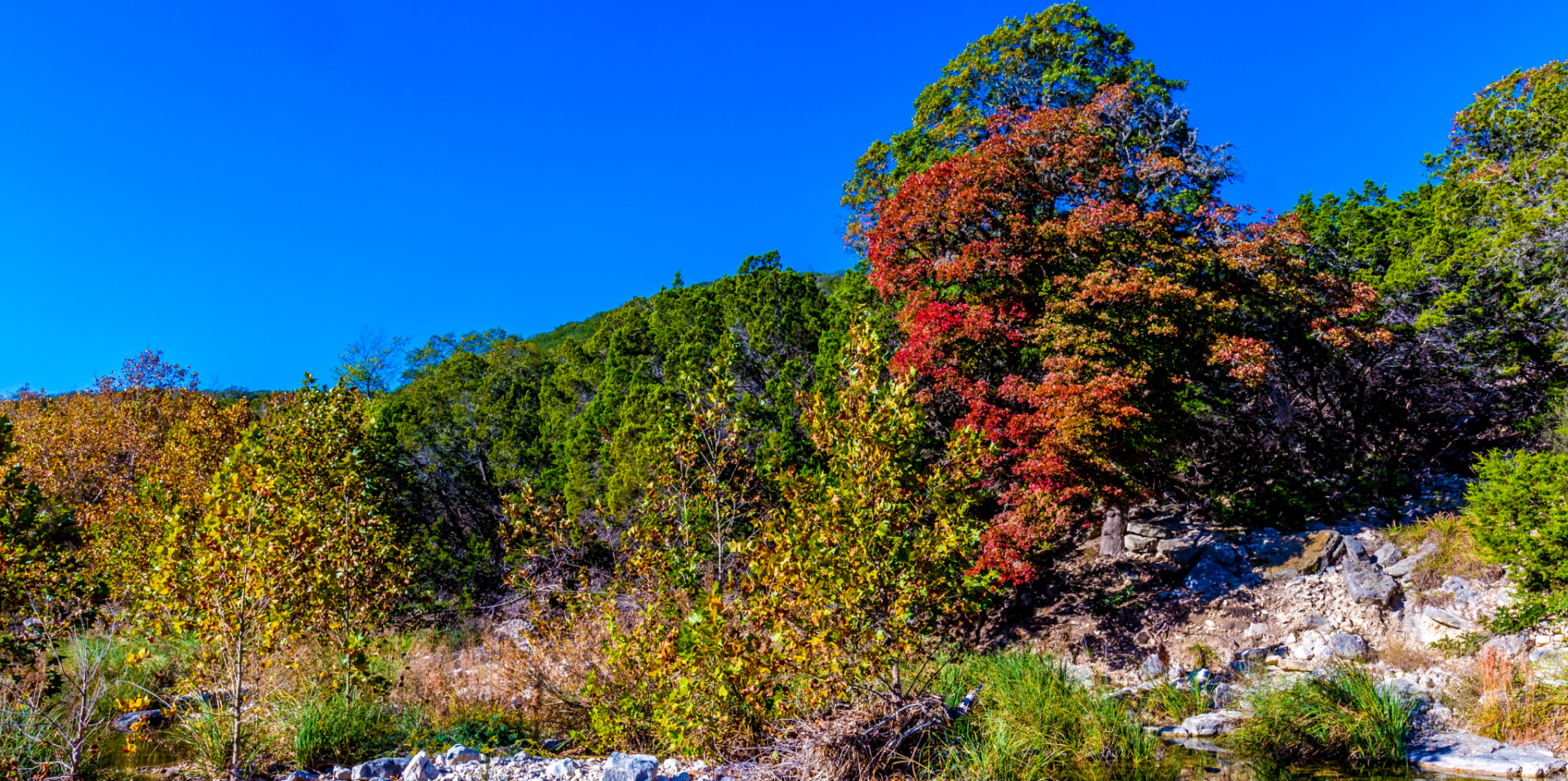What’s not to love about ducks! They quack, they waddle, and oh those feet! From the domesticated “Donald” varieties to the wild varieties, they make people smile.
Have you heard someone shout “DUCK!” when a ball sails past your head? Have you ever wondered about that command? It comes from way back in the past because of the duck-raptor predator-prey relationship. When a swimming duck realizes an eagle is about to drop out of the sky to make him a meal, a smart duck’s maneuver is to plunge entirely under the water. The eagle keeps dive-bombing, and the duck keeps “ducking”. Sooner or later the duck wins, or the eagle does, but don’t count the duck out!
There are so many duck phrases – “Sitting duck”, “Water off a duck’s back”, “ Like a duck to water”, “Lame duck”, “Duck soup”, “Ducks in a row”, “Dead duck”, “Ugly Duckling”, “Duck, Duck, Goose!”. And don’t forget about Daffy and Donald. Yes, ducks are endearing, and ingrained in our American culture, history, food supply, and language.
Floating near the banks is the ever-present iridescent green headed Mallard, or the ornately detailed Wood Duck. But these days some odd ducks have also been paddling along our lakes and ponds, and they are Muscovy Ducks. A male drake can be as big as a goose at 15 pounds, and they have red facial ornamentations called caruncles, somewhat like those on a turkey! Muscovies also have a feather crest on their heads that they raise and lower at will. They are considered to be one of the more intelligent ducks, and they don’t scare easily. If you get near one, he might just stand his ground and hiss at you!
Muscovies originated in regions south of the border, and have been expanding to areas inside the States. They are dabbler ducks and eat plants, small fish, bugs, and frogs. Unlike other ducks they don’t quack so much as trill or giggle, but like many ducks they hiss when something threatens their territory. Although they spend their days on the water, the Muscovy roosts on land in the safety of tree cavities or shrubs, or they use their webbed claws to dig out shallow nest holes in the ground. Domesticated Muscovies are raised by farmers and duck lovers for meat and eggs, poultry show contests, and for pets. Some are bred for their spectacular colors – pied white and black, pastel, blue, lavender, red and speckled! This makes for a very striking bird indeed. People who raise them really love their personalities and antics. They might jump into the air to eat bugs, or chase and catch mice on the farm! To other communities they are major pests and allowed to be destroyed. Florida’s feral populations have grown to enormous numbers, passing disease to other ducks, breeding with native ducks, taking over neighborhood ponds and leaving huge fecal messes for landowners.
The regulations regarding these migrating ducks are somewhat confusing, possibly because they are both loved and hated. A few years ago they were added to the US protected species list when indigenous populations were found in a few Texas counties along the Rio Grande. However, due to the explosion of feral populations in unexpected areas, the US Fish and Wildlife Service calls them a problematic invasive species. What is clear is that these ducks are flourishing, and we are seeing more and more of them on our waterways.
Learn more about the nature in your area by joining a chapter of the Texas Master Naturalist organization. To find a chapter close to you, or to read about the state program, go online to www.txmn.org. Volunteer and get involved!


